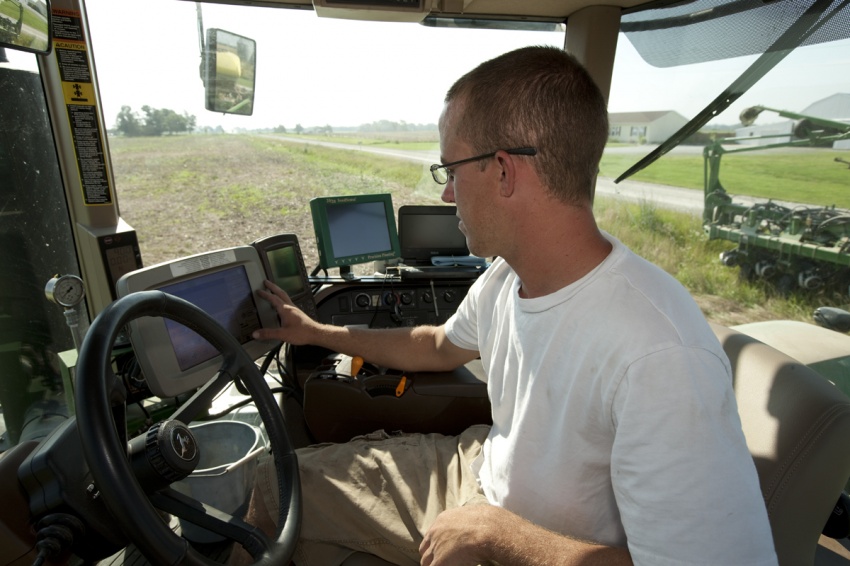Ensuring ROI in Big Data


Iowa State University’s
Agriculture and Biosystems
Engineering Department
Ag engineer offers tips for farmers considering investing in data technology
With the number of Big Data software offerings available, U.S. soybean farmers need people like Matt Darr. As a professor at Iowa State University’s Agriculture and Biosystems Engineering Department, Darr has been conducting research that explores how data science and technology are used to solve farming problems – and the return on investment for farmers. In this Q&A, he offers tips to help farmers get the most from their data.
Q: Could you describe your research and the reasons you decided to explore this field?
A: For the past decade, I’ve been involved with helping farmers understand the return on investment for the areas of data science and technology. In production agriculture, we’ve frankly solved most of the cost-reduction problems and have now reached a transition point, with most of our research focused on ROI analysis.
Q: Why should farmers consider investing in farm-management or data-science systems?
A: No farmer today farms the same way he did 20 or 30 years ago. The industry is in a constant state of change, and we have always used data to help us make those changes. These newer companies and programs just allow us to turn the crank on that natural process of change and do it more quickly. Data science and technology on farms is really about developing another tool in the tool box to help us make the best decisions possible.
Q: What advice do you have for farmers interested in exploring this technology?
A: I think trust is key in this relationship. It’s critical that you choose partners based on what they’re offering. Work with someone who knows your business, ask good questions and educate yourself.
Q: What concerns do you have that farmers need to be aware of?
A: Most important is the need to protect your long-term data access. Should you decide to switch providers in the future, you want your data to be transportable. That means you should keep backups of all your data somewhere on your own operation. Also, don’t give up more data than you’re comfortable with at the start.
Q: Can you categorize the different types of technology and data-science offerings currently available to farmers?
A: We are starting to see three broad categories. First, there are services that offer benchmarking, warehousing of data and high-level analysis. Second, there are those who add a prescriptive or advisement component, helping farmers make specific decisions with their data. Third, there are services that integrate weather data and analyze probabilities of management practice outcomes as they relate to that weather data.



